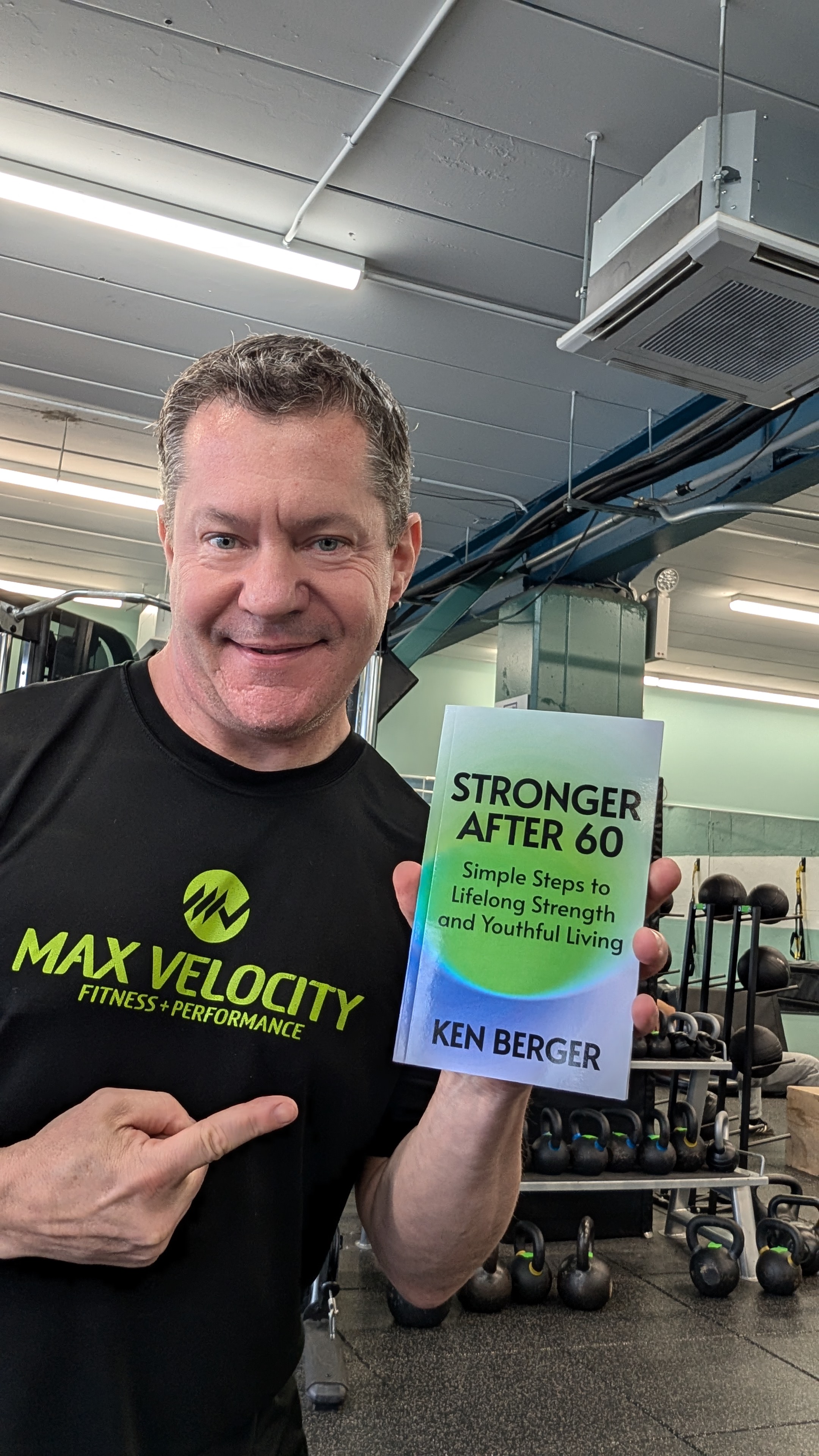

Can food make your pain go away?
By Ken Berger
One of the most interesting topics we covered in the workshop I co-hosted this week with Northwell Health was the important role nutrition can play in managing your pain level and overall joint health.
It's not just being overweight that puts stress on your joints. It's falling prey to the inflammatory foods and ingredients that are hidden in plain sight in your diet, causing you to experience unwanted pain that puts you on the sideline ... instead of enjoying all the activities you love.
Dr. Kevin Cipriano, a sports medicine specialist, and Dr. Gregg Kaplan, clinical supervisor of STARS Rehabilitation in Bayside, offered up a few simple tips for cleaning up your diet that will reduce and prevent joint pain. In today’s post, I’d like to use those ideas as a jumping-off point for a more detailed discussion about the role nutrition plays in your pursuit of a youthful, pain-free life.

Photo credit: Wing Kong
The broader idea here is that what we eat directly affects our body's inflammatory responses. Chronic inflammation is often at the root of persistent pain, especially conditions like arthritis and other joint-related issues. By making informed dietary choices, we can help reduce inflammation and potentially alleviate pain.
Key Nutritional Strategies for Pain Management
1. Focus on Whole, Minimally Processed Foods
- Fruits and vegetables: Rich in antioxidants and phytochemicals that combat inflammation
- Whole grains: Contain fiber that's linked to lower levels of C-reactive protein, a marker of inflammation
- Lean proteins: Support muscle and tissue repair without excess saturated fats
2. Eat More Anti-Inflammatory Foods
- Fatty fish (salmon, mackerel, sardines): High in omega-3 fatty acids, known for their anti-inflammatory properties
- Nuts and seeds: Contain healthy fats and antioxidants
- Berries: Packed with antioxidants that fight inflammation
- Leafy greens: Rich in vitamins and minerals that support overall health
3. Adequate Protein Intake
- Aim for about 0.36 grams of protein per pound of body weight daily. As an example, a person who weighs 150 pounds needs at least 54 grams of protein each day
- Sources: Lean meats, fish, dairy (cottage cheese, Greek yogurt), and plant-based options (beans, lentils, chickpeas)
- Protein supports muscle health and repair, crucial for joint stability and function
4. Avoid Inflammatory Foods
- Processed foods: Often contain preservatives and unhealthy oils that promote inflammation
- Refined sugars and carbohydrates: Can trigger the release of pro-inflammatory compounds
- Excessive alcohol: Can exacerbate inflammation and interfere with pain management
5. Stay Hydrated
- Proper hydration is essential for joint health and overall bodily functions
- Water helps flush out toxins and supports the transport of nutrients
- In especially hot weather, and/or when you are very active and sweating a lot, water alone may not be enough. Spice it it up with some electrolytes and watch your dehydration disappear
6. Consider Specific Nutrients
- Vitamin D: Low levels have been associated with increased pain sensitivity
- Magnesium: Can help reduce muscle tension and pain
- Turmeric: Contains curcumin, a compound with potent anti-inflammatory properties
7. The 80-20 Rule
- Follow a healthy eating plan 80% of the time
- Allow for flexibility with 20% "treat" meals
- This approach promotes sustainability and long-term adherence
When implementing new nutritional strategies, it’s important to start gradually. Introduce changes slowly to make them more sustainable.

Photo credit: Wing Kong
Prepare meals in advance to ensure a balanced diet throughout the week. Be sure to read the labels when you go shopping so you can avoid added sugars, overly processed foods and inflammatory ingredients.
Finally, consult the professionals. You wouldn’t have your friend who you hang out with at the pool come over and repair your air conditioner on a 90-degree summer day … So why would you take her nutrition advice? Working with a registered dietitian or certified nutrition coach will save you a lot of time, money and frustration by cutting through all the misinformation that’s out there and focusing on science-backed strategies that work.
By adopting these dietary strategies, you can experience reduced inflammation and improved joint health, while making pain and inactivity a thing of the past.
If you're ready to use the healing power of nutrition to get rid of joint pain this summer, I'm offering you a special opportunity to work with me 1:1 over the next two months. This is a unique chance to lose weight AND get back to doing all the activities you love ... without restrictive diets or missing out on your favorite foods. I’m only taking on 5 clients this summer, so email me (ken@maxvelocityfitness.com) with the word SUMMER to learn more and secure your spot!
Want To Learn More First? Download A FREE Copy Of My Best-Selling Book ... Stronger After 60!
My new best-selling book, Stronger After 60, is your ultimate guide to optimal health, fitness and longevity through the power of science and healthy habits.
Stronger After 60 will change the way you think about aging. This book is designed for real people who want simple solutions to maintain their strength and youthful energy while enjoying the best things in life without restriction. It’s your roadmap to longevity, wellness and enjoying your 60s and beyond like someone half your age.

And TODAY, You Can Get Your Very Own Copy of Stronger After 60 ... for FREE!
Just click the button below, fill out your info, and a copy of Stronger After 60
will be on its way to your inbox in seconds!
Don't miss out on this life-changing opportunity. Get your FREE copy of Stronger After 60 NOW.




